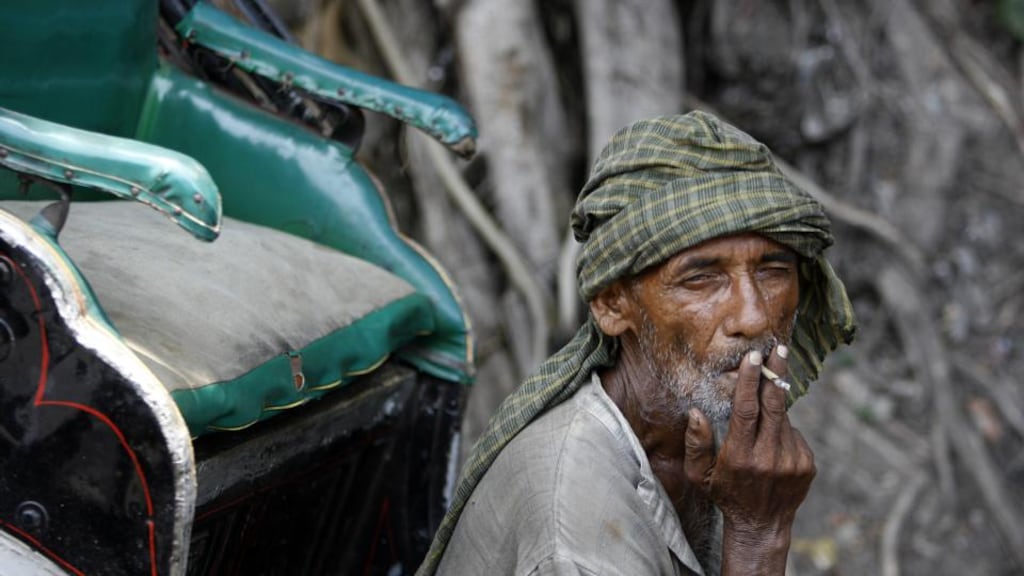The Republic
1992:
a voluntary code is introduced that encourages
smoking restrictions in the workplace
.
1999: the Oireachtas Joint Committee on Health and Children, under rapporteur Alan Shatter, produces a National Anti-Smoking Strategy.
2000: the Tobacco Free Policy Review Group publishes
Towards a Tobacco Free Society,
which is adopted as government policy.
July 2000:
tobacco sponsorship and advertising are completely banned
.
2002
: the Office of Tobacco Control
is established as a statutory body, with the senior Department of Health civil servant Tom Power as its
head
.
2002: the Public Health (Tobacco) Act is passed.
2003: in January
the
Report on the H
ealth E
ffects of E
nvironmental T
obacco S
moke (ETS) in the W
orkplace
is published.
Health m
inister Micheá
l Martin announces
a complete ban on smoking in the workplace.
March 2004: the Republic
is the first country to ban smoking in all
workplaces
.
Rest of the world
June 2004: Norway becomes the second country to have a workplace ban
.
December 2004: New Zealand becomes the third country.
January 2005: Italy becomes the fourth country.
March 2006: Scotland becomes the first country in the UK to introduce the smoke-free legislation.
April 2007: Wales and Northern Ireland follow suit.
July 2007: England goes smoke-free.
January 2008: France bans smoking in public places. Eleven
of 16 German states have a workplace smoking ban.
October 2008: India introduces a workplace smoking ban,
the largest country in the world to do so
to date.
September 2010: workplace smoking ban introduced in Greece, whose inhabitants
are Europe's heaviest smokers.
January 2011: Spain introduces a new anti-smoking law which prohibits smoking in public places. The law also bans smoking in
playgrounds and access points to schools and hospitals.
December 2011: Brazil implements workplace smoking ban.
July 2014: Russia will implement a national workplace smoking ban.
A history of smoking bans: Ireland and the world









